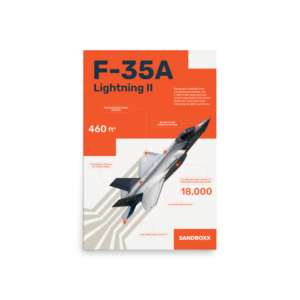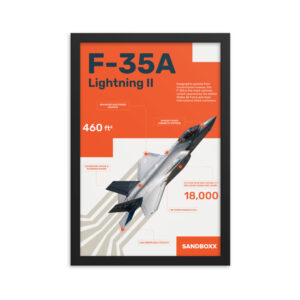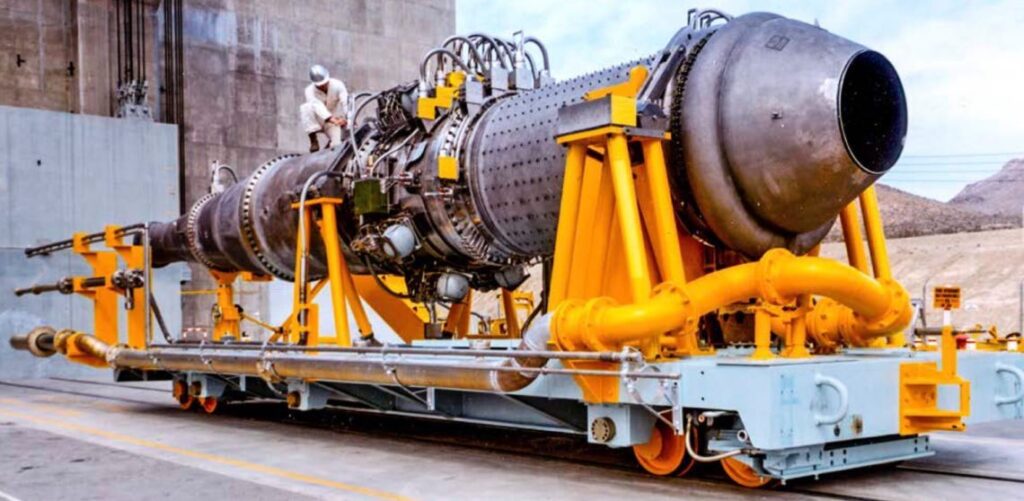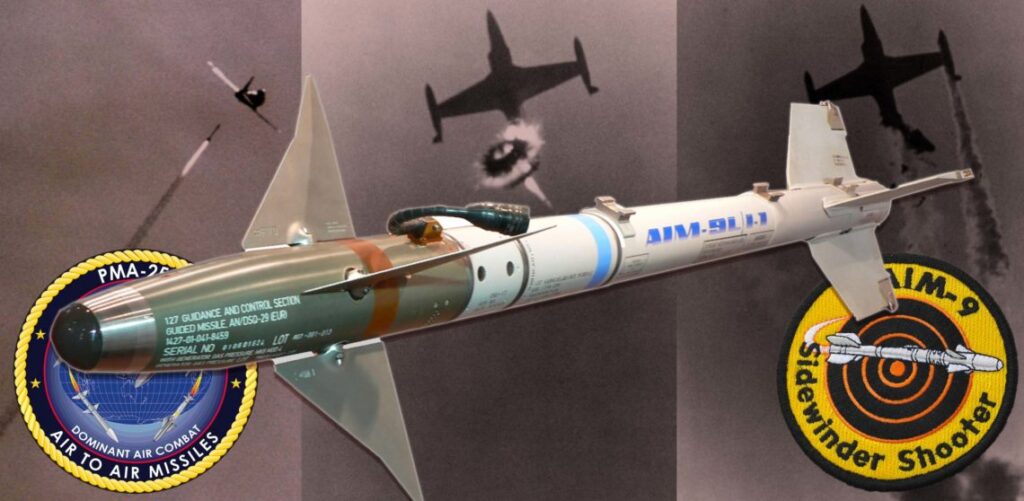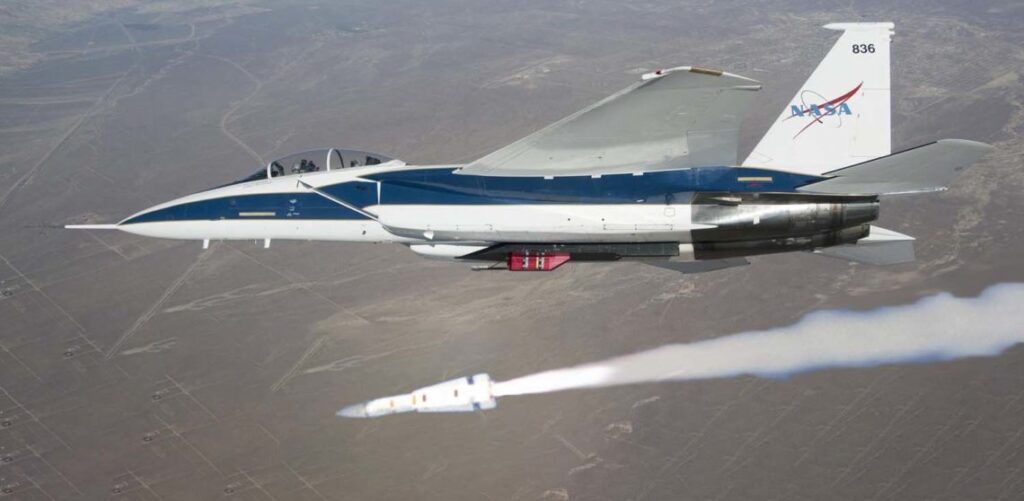Lockheed Martin has unveiled what promises to be the most advanced fighter drone ever built. Dubbed “Vectis,” this collaborative combat aircraft, or CCA, as the Air Force calls them, is said to integrate 5th- and 6th-generation stealth fighter technology into a single low-observable combat drone as either a standalone system or as part of an integrated network in support of crewed fighters, bombers, or other assets.
In other words, it aims to be so advanced and capable that it won’t need to serve as a wingman at all and instead execute assigned missions with minimal oversight. It will do so by leveraging its advanced sensor suite – which looks very similar to the F-35’s electro-optical targeting system – and extreme low-observability to provide functionality that might be more similar to today’s 5th generation fighters than to the lower-cost CCA drones currently in testing to fly alongside them.
“Vectis is the culmination of our expertise in complex systems integration, advanced fighter development and autonomy,” said OJ Sanchez, vice president and general manager, Lockheed Martin Skunk Works. “We’re not simply building a new platform – we’re creating a new paradigm for air power based on a highly capable, customizable and affordable agile drone framework.”
And that is by design. Lockheed sees its Vectis drone as the high-end portion of an autonomous aircraft mix, which would see the battlespace flooded with platforms ranging from Lockheed’s own sensor-packed Common Multi-Mission Trucks (or CMMTs) – which are effectively single-use cruise missiles carrying sensors or electronic warfare capabilities – to larger, more capable mid-range platforms like the General Atomics YFQ-42 and Anduril YFQ-44 already in flight testing, and finally, to higher-end or “exquisite” drone platforms like the Vectis and maybe Northrop Grumman’s RQ-180 high-altitude ISR aircraft.
The drone doesn’t exist yet – or at least, not in the physical world. Vectis has been tested in a digital environment, including cooperative operations with simulated F-22s and F-35s, but won’t take to the skies for another two years or so.
Lockheed Martin had competed for the first tranche of CCA contracts awarded by the Air Force, but ultimately lost out to General Atomics and Anduril because its proposal was deemed too “gold plated,”which is a common aerospace term for “high-end.” Since then, Lockheed’s Senior Vice President, Technology and Strategic Innovation John Clark has acknowledged that the company’s CCA proposal was much stealthier and had much more advanced autonomy than the Air Force was looking for in its tranche-1 CCA platforms, making it more expensive than other offerings. It seems likely, then, that Vectis builds off of that “gold plated” design.
The first tranche of CCA drones in testing are air-to-air focused platforms, each said to be capable of carrying its own pair of AIM-120 AMRAAM air-to-air missiles. Lockheed’s Vectis design, on the other hand, is said to be a truly multi-role platform, capable of offensive and defensive counter-air operations; intelligence, surveillance and reconnaissance; and air-to-ground operations.
Specifics regarding the planned drone have not been disclosed yet. Skunk Works president OJ Sanchez described it as a Group 5 uncrewed aerial system. Group 5 is the largest category of drones and remotely piloted aircraft and includes all uncrewed platforms that weigh more than 1,320 pounds and operate at altitudes above 18,000 feet. Sanchez did, however, state that the Vectis is smaller than an F-16 Fighting Falcon.
The Vectis itself carries a stealthy Lamda-Delta wing and dorsal-mounted air intake with an S-duct behind it and exhaust shrowding near the back, as shown in a brief cutaway in Lockheed’s video. This all points toward taking pains to reduce both radar and infrared detectability. The dorsal-mounted intake may suggest a high operating altitude, with most adversary fighters and air defenses broadcasting their radar from below, where the intake won’t impact radar return.\
Feature Image: Artist’s rendering of Lockheed Martin Skunk Works’ Vectis, a Group 5 survivable and lethal collaborative combat aircraft (CCA). (Lockheed Martin)
Read more from Sandboxx News
- Army marks first aerial drone-on-drone kill as new lethal UAS course gets underway
- Britain starts construction of its final Dreadnought class nuclear submarine
- The Pentagon wants a highly capable nonlethal weapon for drug boat interdiction
- Russian Air Force increases violations of NATO airspace
- SWCC are the Naval Special Warfare’s elite boat operators


